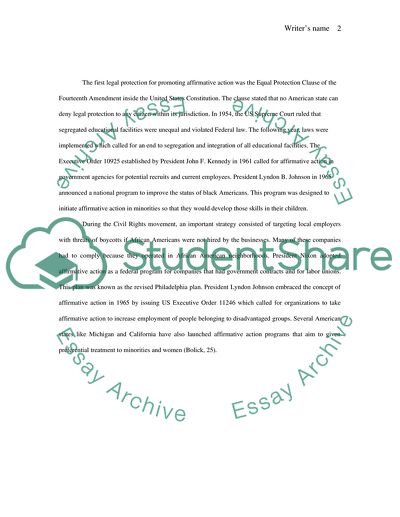Cite this document
(Political Science: Affirmative Action Literature review, n.d.)
Political Science: Affirmative Action Literature review. Retrieved from https://studentshare.org/politics/1545493-political-science-affirmative-action
Political Science: Affirmative Action Literature review. Retrieved from https://studentshare.org/politics/1545493-political-science-affirmative-action
(Political Science: Affirmative Action Literature Review)
Political Science: Affirmative Action Literature Review. https://studentshare.org/politics/1545493-political-science-affirmative-action.
Political Science: Affirmative Action Literature Review. https://studentshare.org/politics/1545493-political-science-affirmative-action.
“Political Science: Affirmative Action Literature Review”, n.d. https://studentshare.org/politics/1545493-political-science-affirmative-action.


